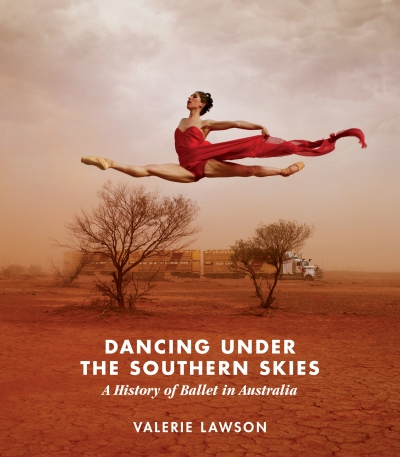Ballet
Beyond 40 by Jeff Busby (photographer) & A Collector's Book of Australian Dance by Michelle Potter
Dancing Under the Southern Skies: A history of ballet in Australia by Valerie Lawson
What a luxury it is to have seen the ballet company of La Scala, Milan, on its first visit to Australia. An ensemble of sixty-six dancers, it has become, under the artistic direction of Frédéric Olivieri, a prized instrument of Italian culture. Established in 1788, it engaged with a new wave of contemporary choreographers ...
... (read more)The Royal New Zealand Ballet’s world première of The Piano: The Ballet, inspired by Jane Campion’s Oscar-winning film The Piano (1993), began the company’s program for 2018. It is the second ballet on the subject by Jiří and Otto Bubeníček, former and highly decorated principal dancers at Hamburg Ballet. Their first ...
... (read more)Lee Christofis reviews 'The Sleeping Beauty' (Australian Ballet)
When Sergei Diaghilev staged The Sleeping Princess at the Alhambra Theatre, London, in 1921, he hoped to prove that classical ballet could be as popular as the outrageously glamorous West End hit, Chu Chin Chow, which ran for five years. Diaghilev invited the brilliant colourist Leon Bakst to design sets and costumes equal to those of the orig ...







